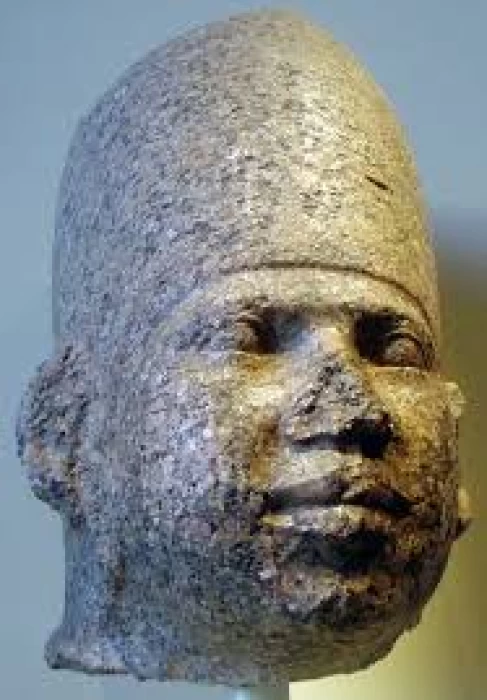
Secrets of the Third Dynasty: King Djoser and Imhotep
Tales and secrets revealed by the ancient Egyptian through his great civilization that reaches thousands of years, and still dazzles the world until now, as every now and then one of the mysteries of that history extending over many centuries is solved, some of which were recorded on the walls of the temples in the time of ancient Egyptian writing, and others have not yet been recorded, but are revealed by archaeological treasures that come out of the ground. With Egypt Travel Packages, you can uncover these secrets firsthand.
Our story today is about the Third Dynasty, which began with King Djoser taking the throne after his predecessor, King Kha-Sakhmoy, “the last king of the Second Dynasty, and it is very likely that he was his younger brother rather than his son. He is considered the founder of the Third Dynasty, and his rule lasted about 29 years, making him one of the most important kings of this era. Discover the legacy of King Djoser through Egypt Day Tours.
King Djoser built two tombs for himself, one of them as the king of the tribal face, which is located north of “Araba”, and the second tomb was built for him as the king of the sea face, and it is located on the plateau where the cemetery of “Minaf” is now known as Saqqara. This tomb is the oldest pyramid known so far in history. This pyramid, designed by the legendary engineer Imhotep, is considered the largest stone building of its time in the Nile Valley. With Egypt Shore Excursions, you can explore these wonders directly at Saqqara.
King Djoser was the first king to penetrate into Lower Nubia beyond the waterfall to the holocaust halfway to the second waterfall. He is credited by the Greeks with the conquest of the region known as “Dodecachen,” an area about 143 kilometers long from Elephantine onward.
Zoser was succeeded by some kings whose history is still unclear, the first of whom is “Sankhet,” and it seems that this pharaoh ruled all of Egypt, as we found his name inscribed on the rocks of Wadi Maghara in the Sinai Peninsula. After him, according to the encyclopedia “Ancient Egypt” by Dr. Salim Hassan, a king called “Hapa” took the throne, followed by Pharaoh Neferka, but little is known about them.
The last king of this dynasty is Pharaoh “Haw,” called “Huni,” who built himself a pyramid in Dahshur, south of Saqqara. This pyramid is the link between the stepped pyramid and the full pyramid. It is mentioned in a paper found from the Middle Kingdom that states that this “Huni” is the direct ancestor of Pharaoh “Sneferu,” the founder of the Fourth Dynasty.














